
|
ECGbook.com Making Medical Education Free for All |
Upload ECG for Interpretation |

|
ECGbook.com Making Medical Education Free for All |
Upload ECG for Interpretation |

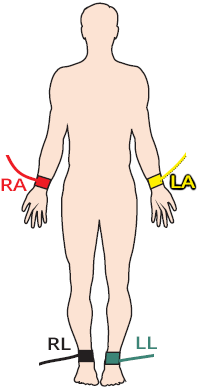
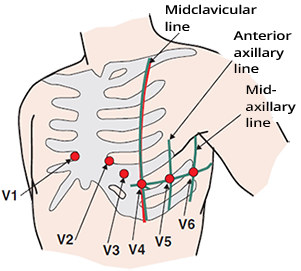
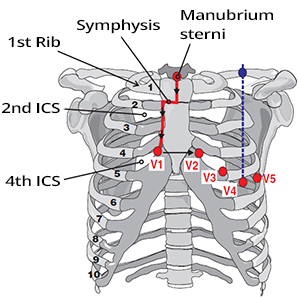
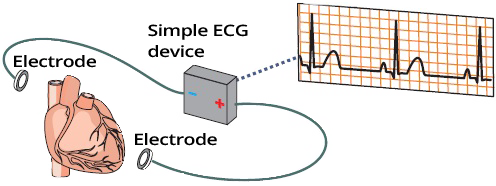
Simple ECG Device
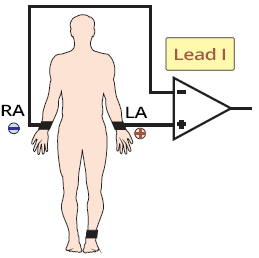
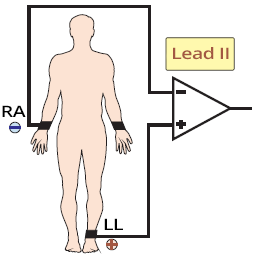
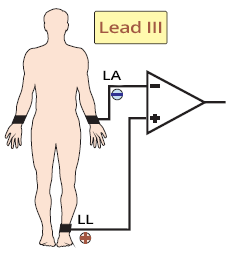
Limb Electrodes and Limb Leads
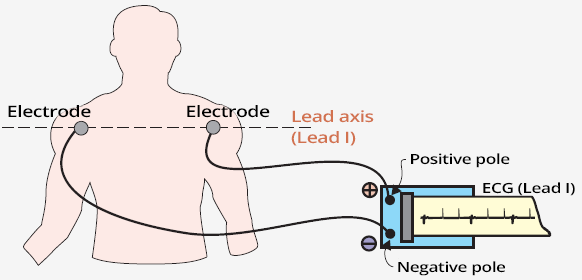
Lead I
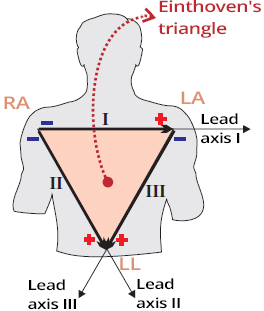
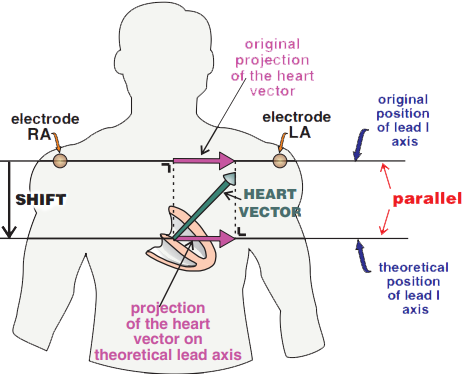

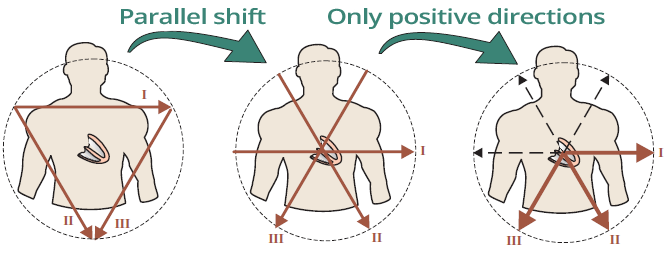
Einthoven ECG Leads


Hexaxial System

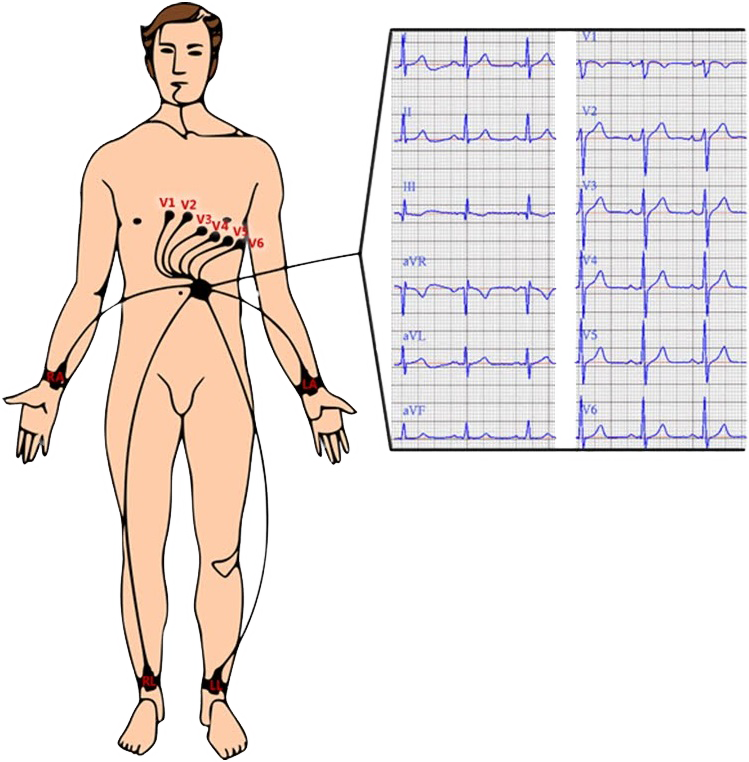
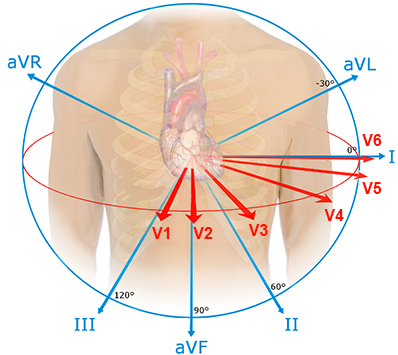
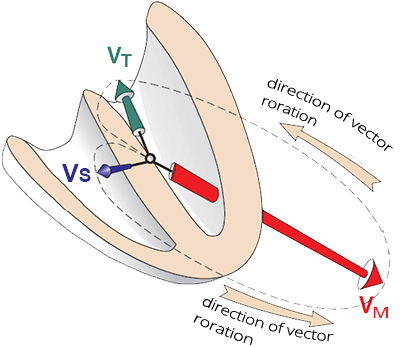

Limb Leads
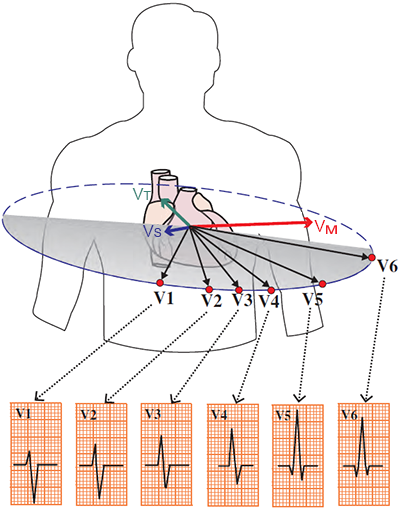
Chest Leads

Sinus Rhythm
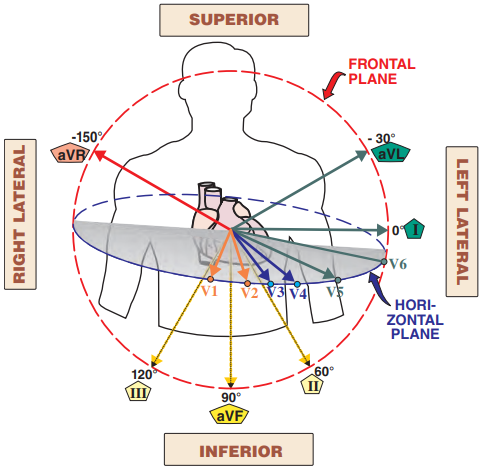
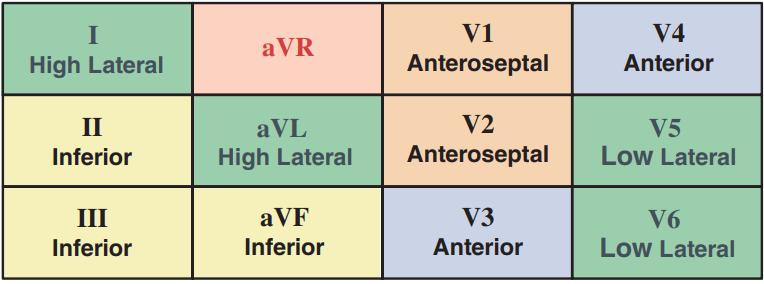
12-Lead ECG
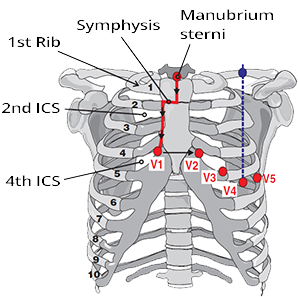
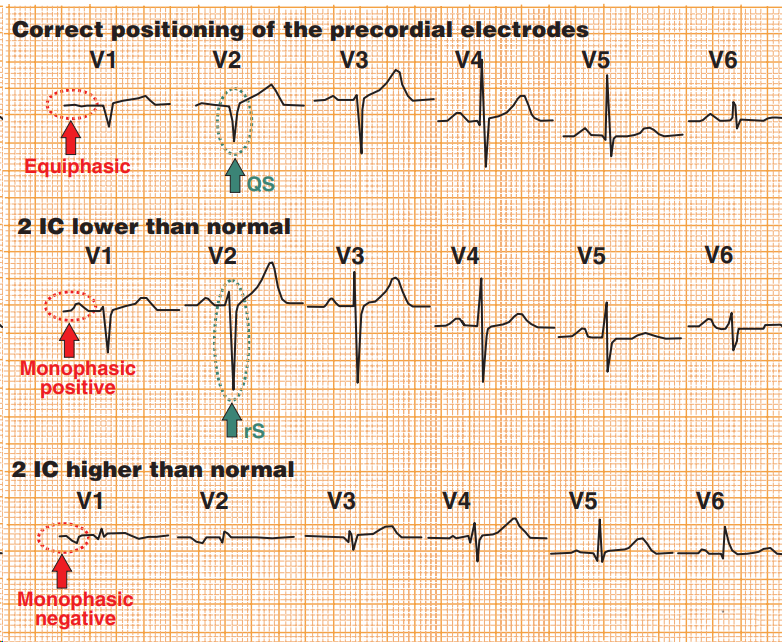
Differential Diagnosis with V1-V2
Sources
ECG Electrodes
|

|
Limb Electrodes
|

|
Chest Electrodes
|

|
|

|

Simple ECG Device

|

|

|
Limb Electrodes and Limb Leads

Lead I

|
|

|
|

|
|

Einthoven ECG Leads

|
|

Hexaxial System
Chest Electrodes
|

|

ECG Leads in 3D Space
|

|
Ventricular Vectors
|

|

|

|
|
Limb Leads
|
Chest Leads
|

Sinus Rhythm


12-Lead ECG

|
Differential Diagnosis with V1-V2
|

|
Sources